Sunflower Container Gardening: Imagine waking up to the cheerful faces of vibrant sunflowers, all grown by your own hand, even if you only have a small balcony or patio! Isn’t that a delightful thought? For centuries, sunflowers have symbolized adoration, loyalty, and longevity, with roots tracing back to North America where indigenous communities cultivated them not only for their beauty but also for food, oil, and medicinal purposes. Now, you can bring a piece of that history and sunshine into your own life, no sprawling garden required!
I know what you might be thinking: “Sunflowers are huge! How can I possibly grow them in containers?” That’s where this DIY guide comes in. Many people believe they need acres of land to enjoy these majestic blooms, but I’m here to tell you that’s simply not true. With a few clever tricks and hacks, you can successfully practice sunflower container gardening and transform your limited space into a vibrant oasis. This article will equip you with all the knowledge you need, from choosing the right variety to providing the perfect care, ensuring your container sunflowers thrive and bring joy to your home all season long. Let’s get started!
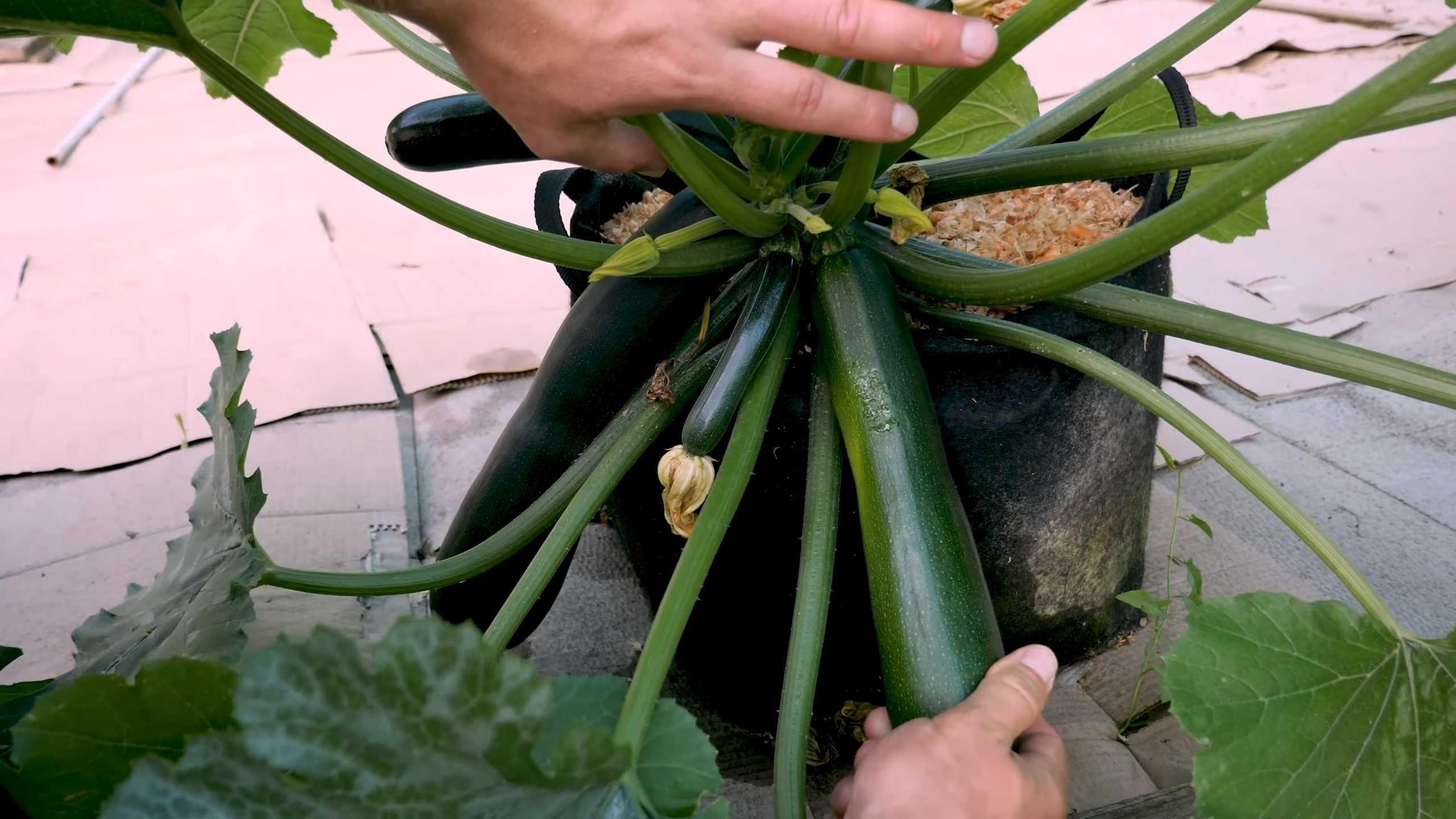
Sunflower Container Gardening: A Step-by-Step Guide to Sunny Blooms
Okay, sunflower lovers! Let’s get our hands dirty and grow some gorgeous sunflowers in containers. Even if you don’t have a sprawling garden, you can still enjoy these cheerful giants (or adorable dwarfs!) on your patio, balcony, or even indoors. I’m going to walk you through everything you need to know, from choosing the right variety to keeping your sunflowers happy and healthy.
Choosing the Right Sunflower Variety
First things first, you need to pick your sunflower! Not all sunflowers are created equal, especially when it comes to container gardening. You’ll want to avoid the towering varieties that can reach 12 feet tall – they’re just not practical for pots. Instead, look for dwarf or compact varieties.
Here are some of my favorite container-friendly sunflower varieties:
* Dwarf Sunspot: This classic dwarf sunflower only grows to about 2 feet tall and produces large, single blooms. It’s perfect for beginners!
* Teddy Bear: These fluffy, double-flowered sunflowers are super cute and grow to around 3 feet tall. They add a touch of whimsy to any space.
* Little Becka: This variety boasts beautiful bi-colored petals (red and yellow) and stays relatively compact, reaching about 3-4 feet.
* Sundance Kid: Another dwarf variety, Sundance Kid produces multiple smaller blooms on a single plant, creating a vibrant display. It usually reaches about 2-3 feet.
* Topolino: This is a super dwarf variety, only reaching about 1 foot tall! It’s perfect for small spaces and window boxes.
When you’re choosing your seeds, read the packet carefully to check the mature height and make sure it’s suitable for container growing.
Gathering Your Supplies
Before we start planting, let’s make sure we have everything we need. Here’s your shopping list:
* Sunflower Seeds: Of course! Choose your favorite dwarf or compact variety.
* Large Container: The bigger, the better! Sunflowers have deep roots, so you’ll need a pot that’s at least 12 inches in diameter and 12 inches deep. For larger dwarf varieties, I recommend a 5-gallon container or larger. Make sure your container has drainage holes!
* High-Quality Potting Mix: Don’t use garden soil! It’s too heavy and doesn’t drain well in containers. Opt for a lightweight, well-draining potting mix.
* Slow-Release Fertilizer: This will provide your sunflowers with a steady supply of nutrients throughout the growing season.
* Watering Can or Hose: For watering your sunflowers regularly.
* Optional:
* Plant Markers: To label your sunflower varieties.
* Gardening Gloves: To keep your hands clean.
* Small Shovel or Trowel: For planting the seeds.
* Stakes or Trellis: For taller dwarf varieties that might need some support.
Planting Your Sunflower Seeds
Now for the fun part! Let’s get those seeds in the soil.
1. Prepare Your Container: Fill your container with potting mix, leaving about an inch or two of space at the top. Gently pat down the soil.
2. Sow the Seeds: Make small holes about 1 inch deep and 2-3 inches apart. Place one or two seeds in each hole. I usually plant two seeds per hole just in case one doesn’t germinate.
3. Cover the Seeds: Gently cover the seeds with potting mix and lightly water the soil.
4. Label Your Container: If you’re planting multiple varieties, label each container so you know which sunflowers are which.
5. Find a Sunny Spot: Sunflowers need at least 6-8 hours of direct sunlight per day. Place your container in a sunny location where your sunflowers will thrive.
Caring for Your Container Sunflowers
Once your sunflowers have sprouted, it’s important to provide them with the right care to ensure they grow strong and healthy.
1. Watering: Sunflowers need consistent moisture, especially during hot weather. Water deeply whenever the top inch of soil feels dry to the touch. Avoid overwatering, as this can lead to root rot.
2. Thinning: If you planted two seeds per hole and both germinate, thin out the weaker seedling. Snip it off at the soil line to avoid disturbing the roots of the remaining seedling.
3. Fertilizing: Sunflowers are heavy feeders, so they need regular fertilization. Apply a slow-release fertilizer according to the package directions. You can also supplement with a liquid fertilizer every few weeks.
4. Staking (Optional): Taller dwarf varieties might need some support as they grow. Use stakes or a small trellis to prevent them from toppling over in windy conditions. Gently tie the sunflower stems to the stakes with soft twine.
5. Pest Control: Keep an eye out for pests like aphids, spider mites, and snails. If you notice any pests, treat them with an appropriate insecticide or organic pest control method. I prefer using insecticidal soap for aphids and hand-picking snails.
6. Deadheading: Once your sunflowers have finished blooming, you can deadhead them to encourage more blooms (especially for varieties that produce multiple flowers). Simply cut off the spent flower heads just below the flower.
Troubleshooting Common Problems
Even with the best care, you might encounter some problems while growing your container sunflowers. Here are some common issues and how to address them:
* Yellowing Leaves: This could be a sign of overwatering, underwatering, or nutrient deficiency. Check the soil moisture and adjust your watering schedule accordingly. If the soil is consistently moist, it could be overwatering. If the soil is dry, water more frequently. You can also try fertilizing your sunflowers with a balanced fertilizer.
* Wilting: Wilting can be caused by underwatering, heat stress, or root rot. Make sure your sunflowers are getting enough water, especially during hot weather. If the soil is consistently moist and the plant is still wilting, it could be root rot. In this case, you might need to repot your sunflower in fresh potting mix.
* Lack of Blooms: If your sunflowers aren’t blooming, it could be due to insufficient sunlight, lack of nutrients, or overcrowding. Make sure your sunflowers are getting at least 6-8 hours of direct sunlight per day. Fertilize them regularly with a balanced fertilizer. If you have multiple sunflowers in the same container, they might be overcrowded. Consider transplanting them into separate containers.
* Leggy Growth: Leggy growth (long, spindly stems) is usually caused by insufficient sunlight. Move your sunflowers to a sunnier location.
Harvesting Sunflower Seeds (Optional)
If you want to harvest sunflower seeds, let the flower heads dry out completely on the plant. The back of the flower head will turn brown, and the seeds will become loose. You can then cut off the flower head and hang it upside down in a dry, well-ventilated place to dry completely. Once the seeds are dry, you can easily remove them from the flower head. You can eat them raw, roasted, or use them for birdseed.
Enjoying Your Beautiful Sunflowers
Growing sunflowers in containers is a rewarding experience. With a little care and attention, you can enjoy these cheerful blooms all summer long. They’ll brighten up your space and attract pollinators like bees and butterflies. So, get planting and enjoy the sunshine! I hope this guide helps you grow the most amazing sunflowers ever! Remember to have fun with it and don’t be afraid to experiment. Happy gardening!
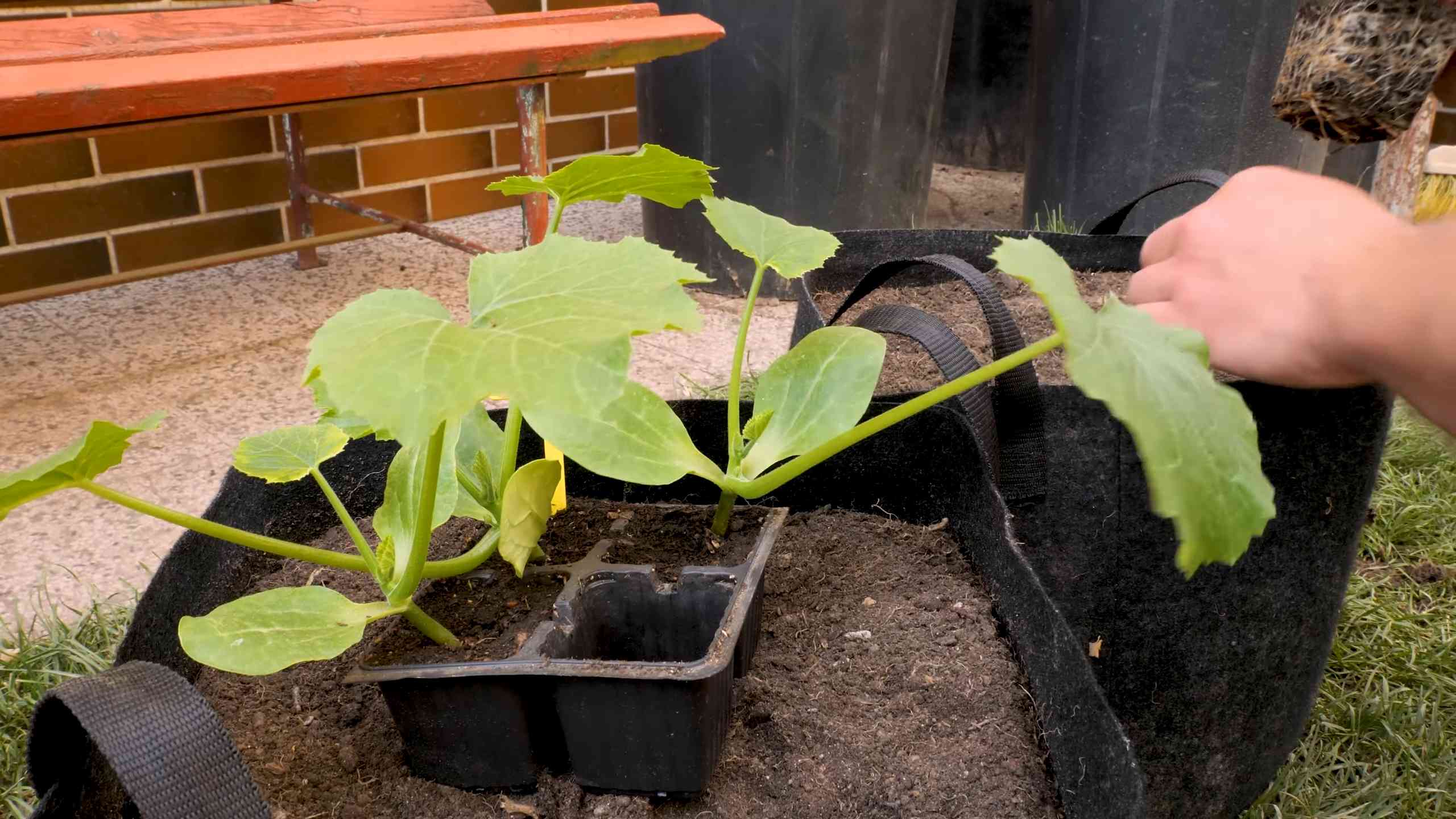
Conclusion
So, there you have it! Transforming your outdoor space with vibrant, towering sunflowers through container gardening is not only achievable but surprisingly simple. We’ve walked through the process, from selecting the right container and soil to nurturing your seedlings and providing essential support. But why is this DIY trick a must-try?
Firstly, it democratizes sunflower cultivation. No sprawling garden? No problem! Container gardening allows anyone, regardless of their living situation, to experience the joy of growing these magnificent blooms. Apartment dwellers, balcony enthusiasts, and those with limited yard space can all partake in the sunflower spectacle.
Secondly, it offers unparalleled control. You dictate the soil composition, the watering schedule, and the sun exposure, creating the ideal environment for your sunflowers to thrive. This level of control often translates to healthier, more robust plants and a more abundant display of those iconic yellow faces.
Thirdly, it’s incredibly rewarding. Watching a tiny seed sprout and grow into a towering sunflower, all within the confines of a container, is an experience that connects you to nature in a profound way. It’s a tangible demonstration of your gardening prowess and a source of immense pride.
But the fun doesn’t stop there! Feel free to experiment with variations. Try planting different sunflower varieties in separate containers to create a diverse and visually stunning display. Consider companion planting with herbs like basil or marigolds to deter pests and enhance the overall health of your sunflowers. You could even try succession planting, staggering the planting dates to ensure a continuous bloom throughout the summer months.
For a truly unique touch, explore painting or decorating your containers to complement your sunflowers and reflect your personal style. A rustic terracotta pot, a brightly colored ceramic container, or even a repurposed bucket can all add character and charm to your sunflower garden.
Ultimately, **sunflower container gardening** is more than just a gardening project; it’s an opportunity to connect with nature, express your creativity, and brighten your surroundings. It’s a chance to witness the magic of growth firsthand and to reap the rewards of your efforts in the form of stunning blooms and a sense of accomplishment.
We wholeheartedly encourage you to give this DIY trick a try. Don’t be intimidated by the prospect of growing such large plants in containers. With a little planning and care, you’ll be amazed at what you can achieve. And most importantly, we want to hear about your experience! Share your photos, tips, and stories with us in the comments below. Let’s create a community of sunflower enthusiasts and inspire others to embrace the joy of container gardening. What are you waiting for? Get planting!
Frequently Asked Questions (FAQ)
1. What is the best size container for growing sunflowers?
The ideal container size depends on the sunflower variety you choose. For dwarf varieties, a 5-gallon container might suffice. However, for taller varieties like Mammoth or Russian Giant, you’ll need a much larger container, ideally 10-20 gallons. The key is to provide ample space for the roots to develop and support the plant’s growth. A wider container is generally better than a taller one, as it provides more stability. Ensure the container has drainage holes to prevent waterlogging.
2. What type of soil should I use for sunflower container gardening?
Sunflowers thrive in well-draining, nutrient-rich soil. A good potting mix specifically formulated for containers is your best bet. Avoid using garden soil directly in containers, as it tends to compact and doesn’t drain well. You can amend your potting mix with compost or other organic matter to boost its fertility. A slightly acidic to neutral pH (around 6.0 to 7.5) is ideal.
3. How often should I water my container sunflowers?
Watering frequency depends on several factors, including the weather, the size of the container, and the growth stage of the sunflower. Generally, you should water deeply whenever the top inch of soil feels dry to the touch. During hot, sunny weather, you may need to water daily. Avoid overwatering, as this can lead to root rot. Ensure the container has good drainage to prevent water from pooling at the bottom.
4. Do sunflowers in containers need fertilizer?
Yes, sunflowers in containers benefit from regular fertilization. Use a balanced fertilizer (e.g., 10-10-10) diluted to half strength every 2-3 weeks during the growing season. Alternatively, you can use a slow-release fertilizer at the time of planting. Avoid over-fertilizing, as this can lead to leggy growth and fewer blooms.
5. How much sunlight do container sunflowers need?
Sunflowers are sun-loving plants and require at least 6-8 hours of direct sunlight per day. Choose a location that receives ample sunlight throughout the day. If your sunflowers aren’t getting enough sunlight, they may become leggy and produce fewer blooms.
6. How do I support tall sunflower varieties in containers?
Tall sunflower varieties can become top-heavy and prone to toppling over, especially in windy conditions. Provide support by staking the plants with bamboo stakes or garden stakes. Tie the stems loosely to the stakes with soft twine or plant ties. You can also use a tomato cage to provide all-around support.
7. What are some common pests and diseases that affect container sunflowers?
Common pests that can affect container sunflowers include aphids, spider mites, and sunflower beetles. Regularly inspect your plants for signs of infestation and treat accordingly with insecticidal soap or neem oil. Diseases that can affect sunflowers include powdery mildew and rust. Ensure good air circulation around the plants and avoid overhead watering to prevent these diseases.
8. Can I grow sunflowers indoors in containers?
While it’s possible to start sunflower seeds indoors, they are best suited for outdoor growing due to their high light requirements. If you want to grow sunflowers indoors, you’ll need to provide them with supplemental lighting, such as grow lights. Even with supplemental lighting, indoor sunflowers may not grow as tall or produce as many blooms as those grown outdoors.
9. Can I save sunflower seeds from my container-grown sunflowers?
Yes, you can save sunflower seeds from your container-grown sunflowers. Allow the flower heads to dry completely on the plant. Once the back of the flower head turns brown and the seeds are loose, you can harvest them. Dry the seeds further in a cool, dry place for a few days before storing them in an airtight container.
10. What are some good companion plants for sunflowers in containers?
Good companion plants for sunflowers in containers include herbs like basil, rosemary, and thyme, which can help deter pests. Marigolds are also excellent companion plants, as they attract beneficial insects and repel nematodes. Avoid planting sunflowers near plants that are susceptible to the same pests or diseases.

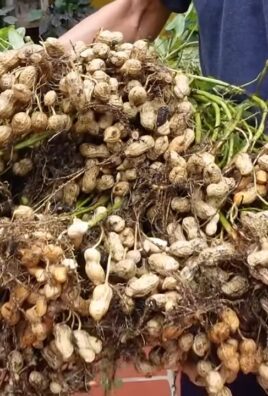
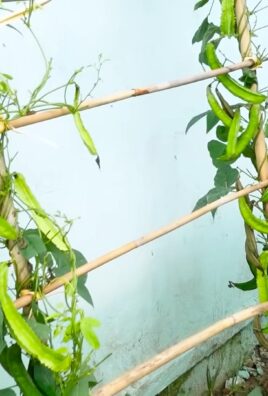
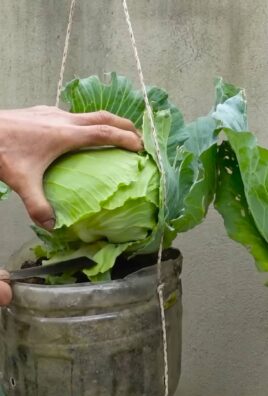
Leave a Comment